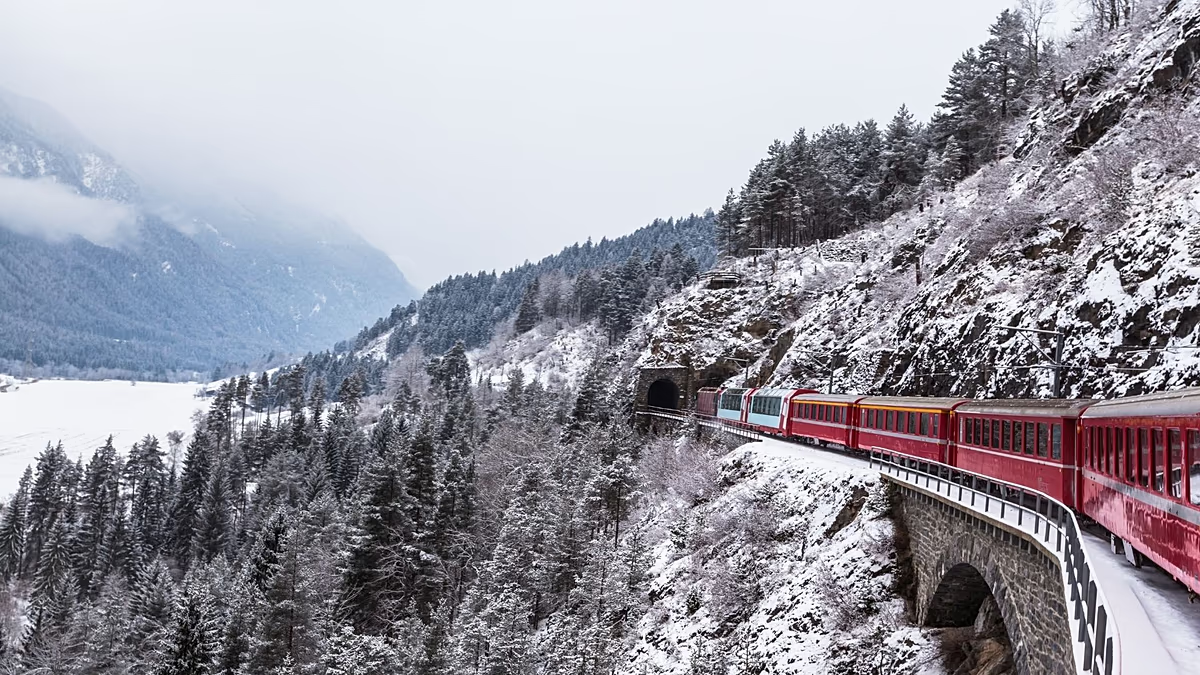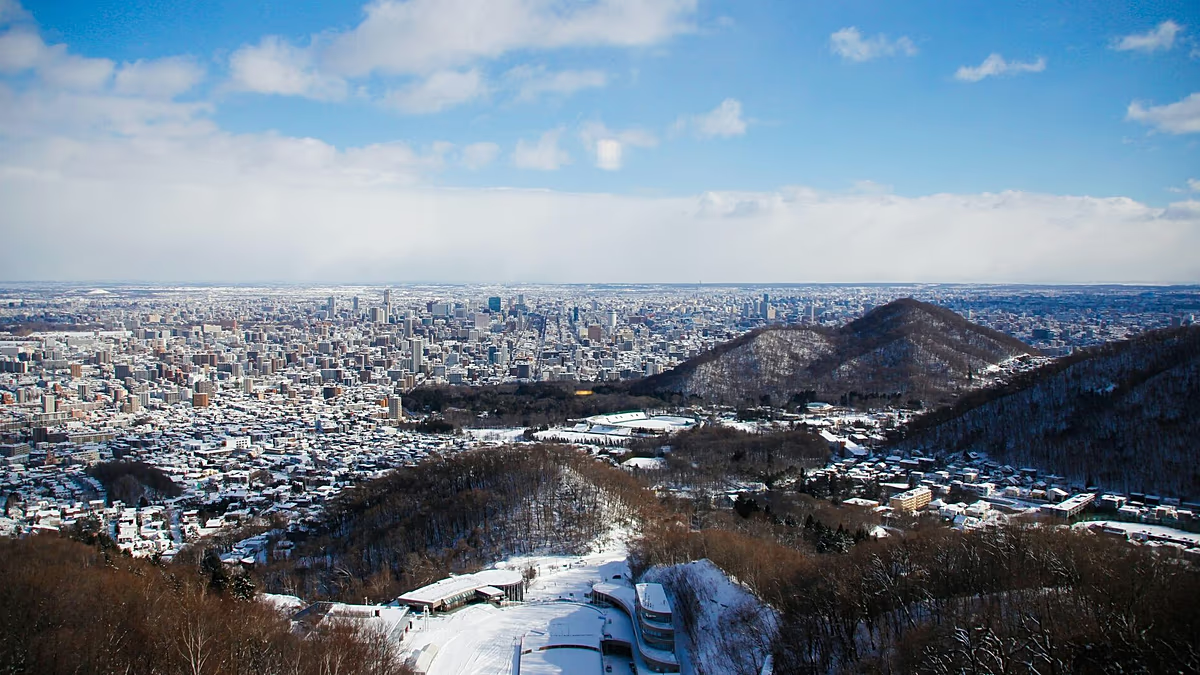Japan’s Tourism Boom: Balancing Popularity with Sustainability
Japan’s tourism industry is experiencing an unprecedented boom, with visitor numbers reaching record heights in recent years. Despite the country’s soaring popularity as a travel destination, this success brings with it growing pains that have sparked debate among locals and officials alike. Concerns about environmental pollution, instances of inappropriate tourist behavior, and the phenomenon of “human traffic jams” at popular attractions have all emerged as the flip side of Japan’s tourism success story. While the economic benefits are undeniable, many Japanese communities are grappling with how to maintain their cultural integrity and quality of life in the face of ever-increasing visitor numbers.
The surge in tourism has transformed once-quiet neighborhoods and serene historical sites into bustling hotspots, particularly in cities like Kyoto and Tokyo. Local residents who once enjoyed peaceful strolls through temple grounds now navigate crowds of selfie-taking visitors, and traditional merchants find themselves catering more to tourists than to locals. This rapid transformation has created a complex emotional landscape among Japanese citizens – while many appreciate the economic boost and cultural exchange that tourism brings, others mourn the loss of tranquility and authenticity in places they’ve known all their lives. Government officials walk a tightrope between encouraging tourism growth and addressing the legitimate concerns of their constituents about overcrowding and the changing character of their communities.
Environmental impacts represent another significant concern as Japan welcomes more international visitors. From increased waste in natural areas to air and noise pollution from tour buses and the carbon footprint of international flights, tourism’s environmental toll is becoming increasingly visible. Particularly worrying are reports of damage to delicate ecosystems and historical sites that weren’t designed to accommodate such large numbers. Some popular hiking trails now suffer from erosion, while ancient wooden temples and shrines face accelerated wear and tear from thousands of daily visitors. These challenges have prompted calls for more sustainable tourism practices, with some regions implementing visitor caps and environmental protection measures to preserve Japan’s natural and cultural treasures for future generations.
Cultural friction has also emerged as tourists and locals navigate different expectations and norms. Reports of visitors behaving disrespectfully at sacred sites, ignoring local customs, or disturbing residential neighborhoods with late-night noise have created tension in some communities. The problem is often one of education rather than malice – many international visitors simply aren’t aware of Japan’s particular social codes and etiquette. This has led to initiatives from both government and private organizations to better educate tourists about appropriate behavior, including multilingual signage explaining local customs and even smartphone apps designed to guide visitors through the nuances of Japanese etiquette. These efforts reflect Japan’s desire to welcome guests while preserving the social harmony that is so central to Japanese culture.
Despite these challenges, Japan continues to adapt and innovate in response to its tourism boom. Officials are implementing various strategies to distribute visitors more evenly across the country and throughout the year, promoting lesser-known destinations and seasonal events outside the peak cherry blossom and autumn foliage periods. Technology is playing a crucial role in these efforts, with real-time crowd monitoring systems now in place at popular attractions to help visitors avoid the busiest times. Additionally, many communities are developing tourism models that emphasize quality over quantity, focusing on attracting visitors who stay longer, engage more deeply with local culture, and contribute more substantially to the local economy. These approaches aim to transform mass tourism into something more sustainable and enriching for both visitors and hosts.
Looking toward the future, Japan faces the challenge of balancing tourism growth with preservation of what makes the country special in the first place. The nation’s ability to maintain this balance will likely determine whether its tourism industry continues to thrive in the coming decades. Many observers are cautiously optimistic, pointing to Japan’s historical skill at adapting foreign influences while maintaining its cultural essence. As one tourism official recently noted, “Japan has always excelled at finding harmony between tradition and innovation, and we must apply this same philosophy to tourism.” With thoughtful management and mutual respect between visitors and locals, Japan’s tourism industry has the potential to grow in ways that benefit everyone involved while preserving the unique characteristics that draw people to the country in the first place.











